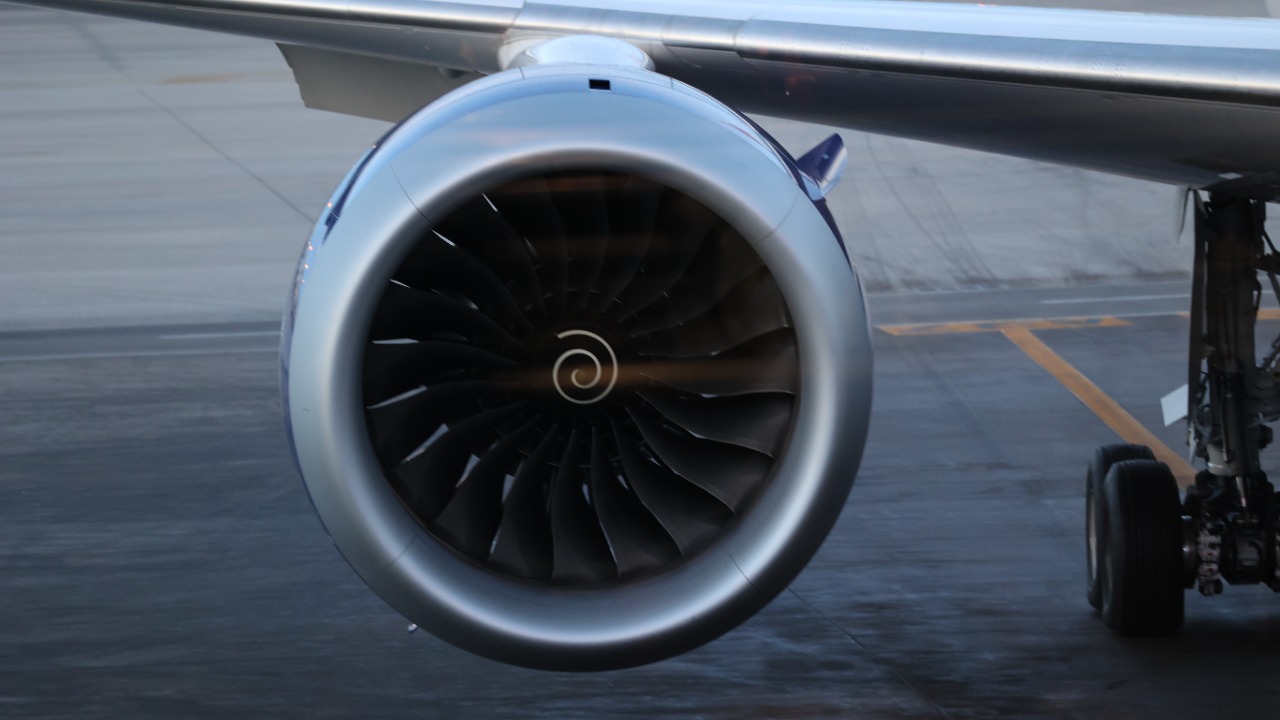
The Boeing 787 Dreamliner, a symbol of efficiency in the aviation industry, offers a choice between two engine types, the GE GEnx and Rolls-Royce Trent 1000. This decision, while strategic, has been questioned following the June 2025 crash of an Air India Boeing 787 in Ahmedabad, India. The incident has sparked debates on the possibility of a rare dual-engine failure or human error, with a preliminary investigation revealing that engine fuel switches were cut off before the crash.
Historical Reasons for Dual Engine Options
During the development of the 787, Boeing strategically decided to offer two engine options to avoid sole reliance on one supplier. This approach not only mitigated risks from engine-specific issues but also appealed to airlines that had preferences for different manufacturers’ technologies. Historically, Boeing has benefited from offering multiple engine choices on its aircraft models, fostering competition and innovation in the industry.
Technical Power and Performance Advantages
The two engine options for the 787 are known for their impressive thrust capabilities, playing a significant role in the aircraft’s long-range efficiency and fuel savings. Each engine variant provides comparable power outputs around 70,000 pounds of thrust, allowing for customization based on specific routes. Aerodynamic and material innovations in the 787 further complement the engines’ performance, enhancing the overall efficiency of the aircraft.
The Ahmedabad Crash: Initial Pilot Analysis
Following the Air India crash in June 2025, pilots speculated on the possibility of a rare dual-engine failure as a potential cause. There were also concerns raised about human error, particularly regarding cockpit procedures during the flight. Initial analyses have brought to light the complexities of the incident, impacting perceptions of the 787’s safety.
Preliminary Investigation Revelations
The Aircraft Accident Investigation Bureau (AAIB) released a preliminary report on July 13, 2025, revealing that engine fuel switches were cut off before the Air India crash. The report included a cockpit recording where one pilot was heard saying he ‘didn’t do it’. These findings suggest procedural lapses rather than inherent engine flaws in the 787’s dual setup.
Emerging Maintenance Challenges for the 787
As the 787 fleet enters a heavy maintenance era, specific maintenance needs for the dual engine options have come to the forefront. These include inspections for wear on both the GE and Rolls-Royce variants after years in service. The Ahmedabad incident has prompted reviews of maintenance protocols for fuel systems across 787 operators, highlighting the importance of rigorous maintenance procedures.
Implications for Future Engine Strategies
Despite incidents like the 2025 Ahmedabad crash, the dual-engine choice continues to provide redundancy benefits. Airlines have provided feedback on engine reliability, balancing the power advantages with post-crash safety enhancements. Based on recent reporting, Boeing remains committed to offering multiple engine options, ensuring adaptability for global routes and reinforcing the strategic value of its dual-engine configuration.
More from MorningOverview